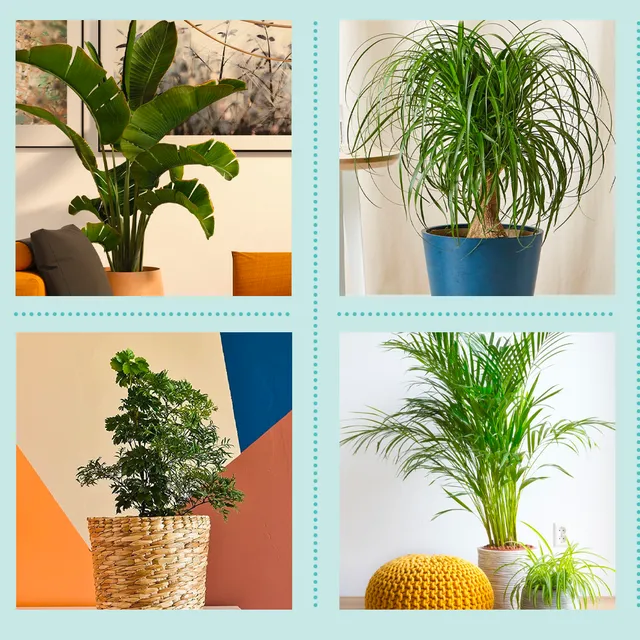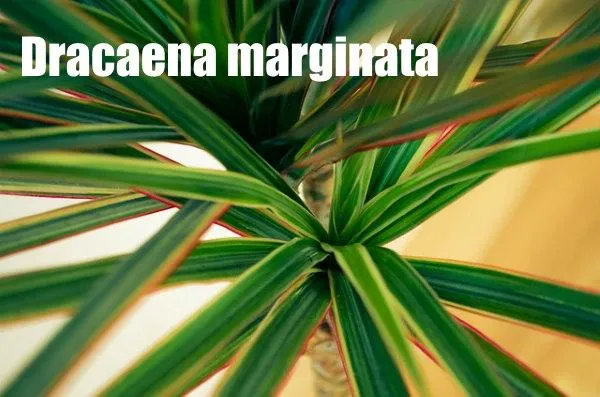Everything You Need to Know About Growing Houseplants and Indoor Trees
Wondering which plants will thrive inside your home? Curious about the best types of trees to bring indoors? This comprehensive guide will cover all the bases when it comes to choosing, caring for, and optimizing the growing conditions for an assortment of houseplants and small indoor trees.
Top Houseplant Choices
Certain plant varieties are especially well-suited to life inside. Here are some top recommendations to consider:
- Pothos: A virtually indestructible trailing vine known for its heart-shaped leaves. Pothos thrive on neglect and enjoy low to medium light. They’re great for offices or busy homes.
- Snake plant: Tall grasses tolerant of low light and irregular watering. Snake plants release oxygen at night and filter toxins from the air.
- ZZ plant: Thick, waxy oval leaves that give it a bushy appearance. ZZ plants are very hardy and grow well with infrequent watering under low light conditions.
Other top picks include English ivy, Chinese evergreen, peace lily, philodendron, and spider plant. All adapt well to life indoors and forgive the occasional misstep in care.
Small Trees for Indoors
While full-sized trees are typically unwieldy for indoor spaces, these miniature varieties can add a touch of the outdoors:
- Dwarf date palm: Slow-growing with fan-shaped fronds spreading from its trunk. Date palms thrive on bright, indirect light and moderate watering.
- Dwarf lemon tree: Produces tiny lemons and enjoys warmth and sunlight near a window. Fertilize in spring and summer for best growth.
- Bonsai: Miniature conifers and deciduous trees expertly pruned and trained over years to remain petite. Bonsai need frequent, small waterings and protection from harsh weather.
Fig trees, citrus varieties like calamondin orange or kumquat, and jade plant are other attractive options sized for living room service.

Light Requirements
Knowing a plant’s preferred light conditions is key to keeping it happy indoors. Most flourish in locations receiving:
- Bright, indirect sunlight: Near an east- or west-facing window where direct rays won’t bleach leaves.
- Low light: At a distance from a window or in interiors with artificial fluorescent or LED light. Pothos, snake plants and ZZs are great here.
- Medium light: Near a south- or west-facing window for four or more hours daily. English ivy, dwarf date palms and citrus like this level.
Placing plants in spots receiving too much or too little light will cause dropping leaves or leggy, unhealthy growth.
Watering Tips
Overwatering is one of the leading causes of houseplant death. The rule of thumb is to water thoroughly when the top inch or two of soil appears dry. However, needs vary depending on light, size of pot and season:
- Plants in bright light often prefer watering every 5-7 days during spring/summer and every 1-2 weeks in winter.
- Low light plants like snake plants, pothos and succulents can go 2-3 weeks between waterings.
- Feel the weight of the pot before watering—light pots indicate thirsty plants.
- Avoid standing water in the drainage plate to prevent root rot.
Monitor plants closely until you learn their individual water requirements.
Fertilizing and Pruning Practices
Most indoor plants thrive on a light fertilizing routine:

- Use a balanced houseplant fertilizer diluted to half or quarter strength every 4-6 weeks during spring and summer.
- Prune off any dead or diseased sections to maintain a plant’s shape and encourage new growth.
- Cut back leggy vines or stems that have become too long and lanky between the main branches.
- Remove spent flower heads on blooming plants like African violets to prolong their cycle.
Proper pruning, minimal fertilizing and watching for pests will keep houseplants and indoor trees looking their best.
Common Pests and Diseases
From my experience as an avid plant collector, these are some of the most prevalent issues:
- Spider mites appear as fine webbing and cause leaf stippling/spotting. Quarantine immediately and spray with insecticidal soap.
- Scale are hard, shell-like insects attached to leaves and stems. Physically remove or treat with oil-based insecticide.
- Mealybugs look cottony and secret a sweet substance, damaging plants. Carefully wipe away bugs and their egg sacs or eggs.
- Root rot causes yellowing, drooping leaves from overwatered soil lacking drainage. Improve conditions and cut away rotted sections.
Prevention is key – watch for signs early and isolate struggling plants. Sanitation and diligent care keep insects and diseases under control.
Optimizing Plant Health
A few final tricks will help your houseplants thrive:
- Provide a humid environment with a pebble tray under pots or Grouping plants together helps raise ambient moisture.
- Rotate plants weekly so all sides receive equal light exposure.
- Repot annually in early spring using a soil blend formulated for indoor containers.
- Wipe leaves periodically to remove dust which can block photosynthesis.
- Open windows for fresh air circulation and to harden off new growth gradually.
With a little know-how, you’ll be enjoying green, leafy companions indoors for years to come. Happy planting!

Common Houseplants and their Care Requirements
| Plant | Light Needs | Water Needs | Humidity | Other Care |
|---|---|---|---|---|
| Pothos | Low | Let dry slightly between waterings | Low | Adaptable |
| Snake Plant | Low | Let soil dry completely | Low | Tolerates neglect |
| Peace Lily | Medium | Let soil dry slightly | Medium | Likes humidity |
| ZZ Plant | Low | Let dry completely | Low | Tolerates low light |
| Chinese Evergreens | Medium | Let dry slightly | Medium | Variety of patterns |
FAQ
-
What types of house plants are best for indoor use?
Some popular house plants that do well indoors include pothos, snake plant, spider plant, peace lily and Chinese evergreen. These plants can handle low light and don’t need a ton of attention.
-
How often should house plants be watered?
Most house plants need water when the top inch or so of soil feels dry. However, plants like peace lilies and spider plants may need water every 5-7 days, while snake plants and succulents only need water every couple weeks or when the soil is bone dry. It basically depends on the type of plant.
-
What kind of light do most house plants prefer?
Although some plants can tolerate low light, many house plants thrive in bright, indirect sunlight. Places like east or west-facing windows usually provide sufficient light. Spider plants, pothos and snake plants are pretty easygoing as far as light needs. Nevertheless, peace lilies and English ivy demand higher light or they may become leggy.
-
How often should house plants be fertilized?
Most house plants only need fertilizer during their active growing season, which is typically spring through fall. You can fertilize once a month or so by diluting water-soluble plant food according to label instructions. Some experts recommend skipping fertilizer in winter when plants grow slowly. On the other hand, if a plant is looking pale or sluggish it may need a little boost.
-
What are some common pests that target house plants?
Aphids, spider mites and scale insects are probably the most bothersome pests that may plague house plants. Aphids appear as small soft-bodied insects that feed on new growth. Spider mites spin delicate webs on leaves and stems. Scale bugs look like tiny shells stuck to leaves or stems. Fortunately, many insecticides or organic sprays can control these critters. However, preventing infestations is easier – starting with good sanitation and quarantining new plants.

-
“Is it difficult to care for house plants?”
With a little trial and error, you can discover which plants match your home and lifestyle. Choosing low-maintenance varieties like pothos and snake plants makes plant care pretty straightforward. Watering on a regular schedule and providing adequate light are the basics. It takes some practice to get a feel for how often individual plants need water. At the same time, overwatering can cause problems too. So is it difficult? Perhaps not – just pay attention to what your plants are telling you!
“House plants can really liven up a space and add some green to your world,” says tropical plant expert Lucinda Smith. “Granted, keeping plants healthy takes some effort. But seeing new growth unfold is rewarding, and caring for greenery is proven to reduce stress. In my view, the benefits of surrounding yourself with living things far outweigh any challenges of plant parenthood. Isn’t that right, folks?”
“So what do you guys think – am I crazy? Or is growing house plants within reach for more average Joes like me?”
